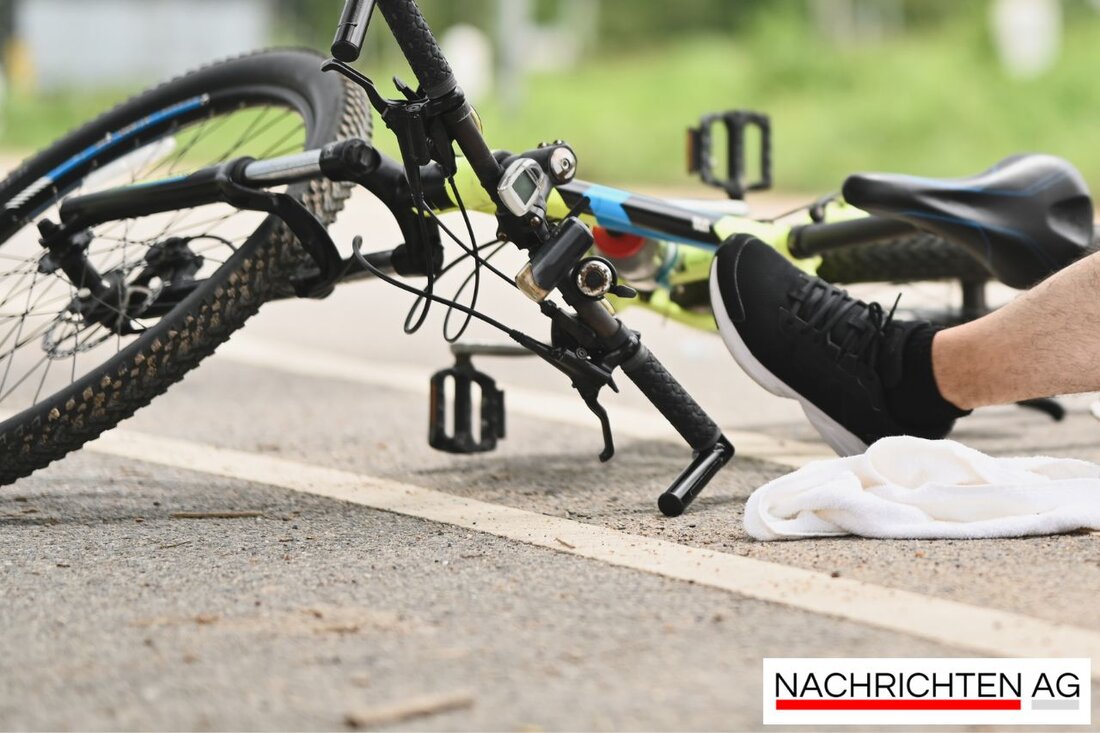Zollstock: Urgently renovate cycle paths – politicians demand quick action!
Cycle paths in Zollstock are to be renovated. CDU calls for measures to introduce compulsory use for cyclists.

Zollstock: Urgently renovate cycle paths – politicians demand quick action!
A breath of fresh air is blowing through Zollstock: In an application, the CDU parliamentary group has called for the renovation of the cycle paths on the Zollstock belt, Raderthal belt and Raderberg belt in order to increase safety for cyclists. How ksta.de reported, there is currently no obligation to use cycle paths on these routes, which means that cyclists are allowed to use the road. In view of the high volume of traffic, particularly heavy goods traffic, the applicants are calling for the cycle paths, some of which are badly damaged, to be renovated quickly.
Are there any problems? The answer is a resounding yes! In places, the cycle paths on the Zollstock belt between Vorgebirgstrasse and Bornheimer Strasse are downright neglected - potholes and cracks make cycling there a real challenge. Since these streets are also part of the school routes to the European School, local politicians are pushing for a quick solution to ensure the safety of the students.
Compulsory use of cycle paths and their intentions
There is currently no obligation to use the sections mentioned, which, according to an investigation by UDV is not necessarily disadvantageous. The obligation to use cycle paths has historically been in effect since 1934 and has been significantly reduced in recent years due to various changes to the road traffic regulations and court rulings. In many cities, cycle paths have been exempted from the requirement if the traffic situation allows it.
The arguments for introducing compulsory use are based primarily on traffic density: over 70 percent of municipalities took the volume of vehicle traffic into account when making their decision. Despite this regulation, many cyclists prefer to use cycle paths, even in cities without compulsory use, in order to feel safer in traffic. They are often a pleasant solution, especially when traffic is high.
What's next?
The city administration should now discuss the renovation prospects and possible developments in a technical discussion with the district council. The hope of local politicians is that the early repairs and perhaps even a future obligation to use the bike will make cyclists feel safer. An accident analysis currently shows that the lifting of the obligation to use vehicles did not bring about any significant changes in the risk of accidents, but the same debate about safety and infrastructure remains in full swing.
It is worth mentioning that without the appropriate traffic signs, such as signs 237, 240 and 241, cyclists still have the freedom to choose whether they want to use the road or the cycle path. This could influence the discussions around the cycle path construction projects bussgeldkatalog.org informed. One thing is certain: a good concept to promote cycling seems to be urgently needed for the community.

 Suche
Suche
 Mein Konto
Mein Konto